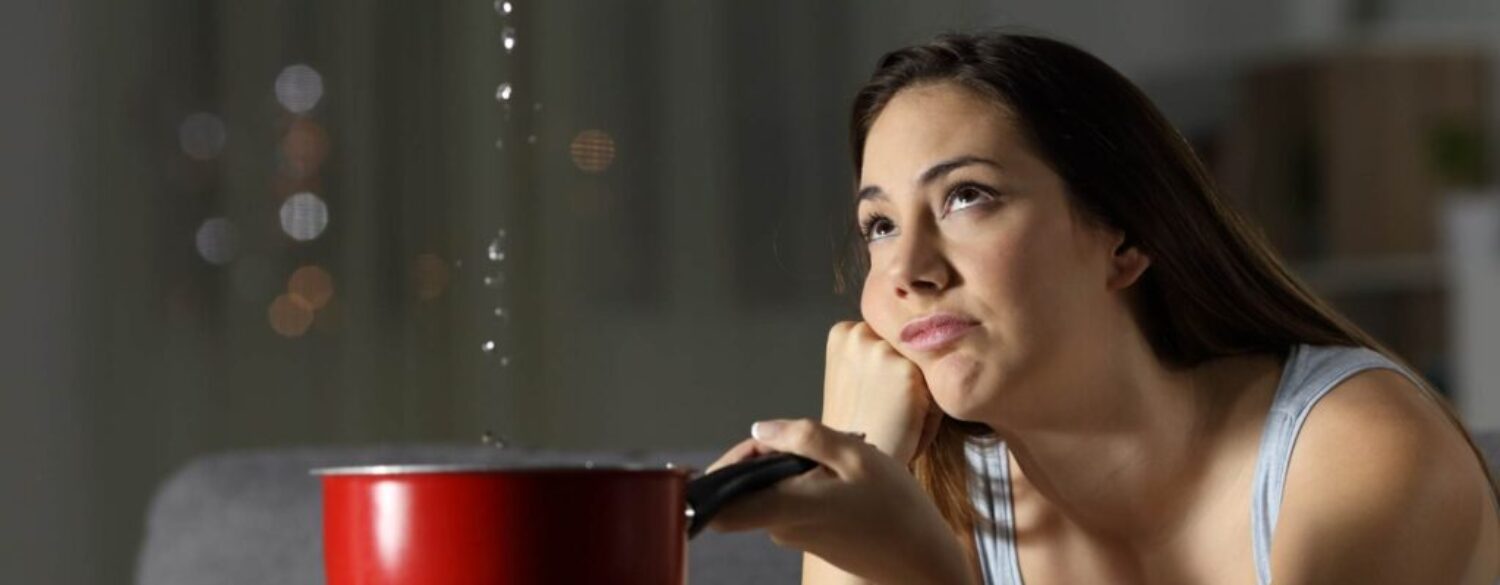How to Detect Leaks Inside and Outside Your Home
While spring showers may be great for your garden and lawn, water from leaking pipes on your property can wreak havoc on your home. Leak detection is key to avoiding and resolving issues with moisture and water damage that may cause big problems down the road. There are several risks involved with water leaks around a home, so here’s what you need to know about common areas for leaks and how to detect a water leak inside and outside your home.
Common Areas for Leaks
Some of the most common areas for leaks in your home are toilets, leaking water pipes, or drains. The basement and crawl space are also areas where leaks are commonly found. You can check for leaks by examining areas that look and feel damp, but sometimes it’s helpful to get a home inspector with an infrared camera to confirm the origins and severity of a leak.
Risks Associated with Leaks
Leaks can cause a range of issues such as mold and mildew, increased utility bills, structural damage, and pest infestation. Mold and mildew are health risks that can lead to respiratory issues, and enough moisture in certain areas can weaken foundations or other building materials. Taking time to notice leaks when they start is the best way to prevent leak damage.
Locate the Leak
If you suspect a water leak somewhere on your property, follow these steps to finding and fixing home water leaks.
- Find and check your water meter. Check your water meter register for the red sweep hand, which makes one rotation for each cubic foot of water that runs through the meter. Similar to a car’s fuel odometer, the digits count each cubic foot of water being used. The blue snowflake dial is a leak indicator dial that appears if there’s a leak within your water pipes. If water is running continuously somewhere on your property, you will see the dial spin slowly or quickly depending on the severity of the leak.
- Determine if the leak is inside or outside the home. Locate and turn off your home’s main water shut off valve. Check and make sure water is off in all faucets in your home, including bathrooms, laundry room, toilets, and sinks. Then, return to the water meter to see if the blue snowflake dial has stopped spinning. If it has, then you know the leak is somewhere inside your home.
- Check for inside leaks. Check the toilet first which is a very common area. A running toilet is a common leak source. Also investigate the basement and crawlspace for areas of moisture.
- If the water meter dial didn’t stop spinning, the leak is outside. The water line takes a straight path from the water meter to where water enters your home, so check along that line while looking for dark spots in the concrete, driveway, or grass for pooling water. Areas of grass that are distinctly greener than others can indicate a leak.
- Before fixing any water leaks outside, call your local utility to see where other gas and electric lines are located. You want to make sure that repairing the leak won’t interfere with any existing electrical or gas systems running to your home.
- If you can’t locate the leak yourself using these steps, call a professional for detection and repair services. Detecting leaks can be tricky business, so sometimes it’s helpful to call in the professionals if your process didn’t yield solutions.
- After leak repair is completed, check with your water utility to get a credit on your water bill. Various local utilities may host programs that credit homeowners for water lost during water leaks, so check if your utility can assist.
If you need extra help with a suspected water leak or moisture detection, call South Sound Inspections to get an expert, unbiased opinion today!



